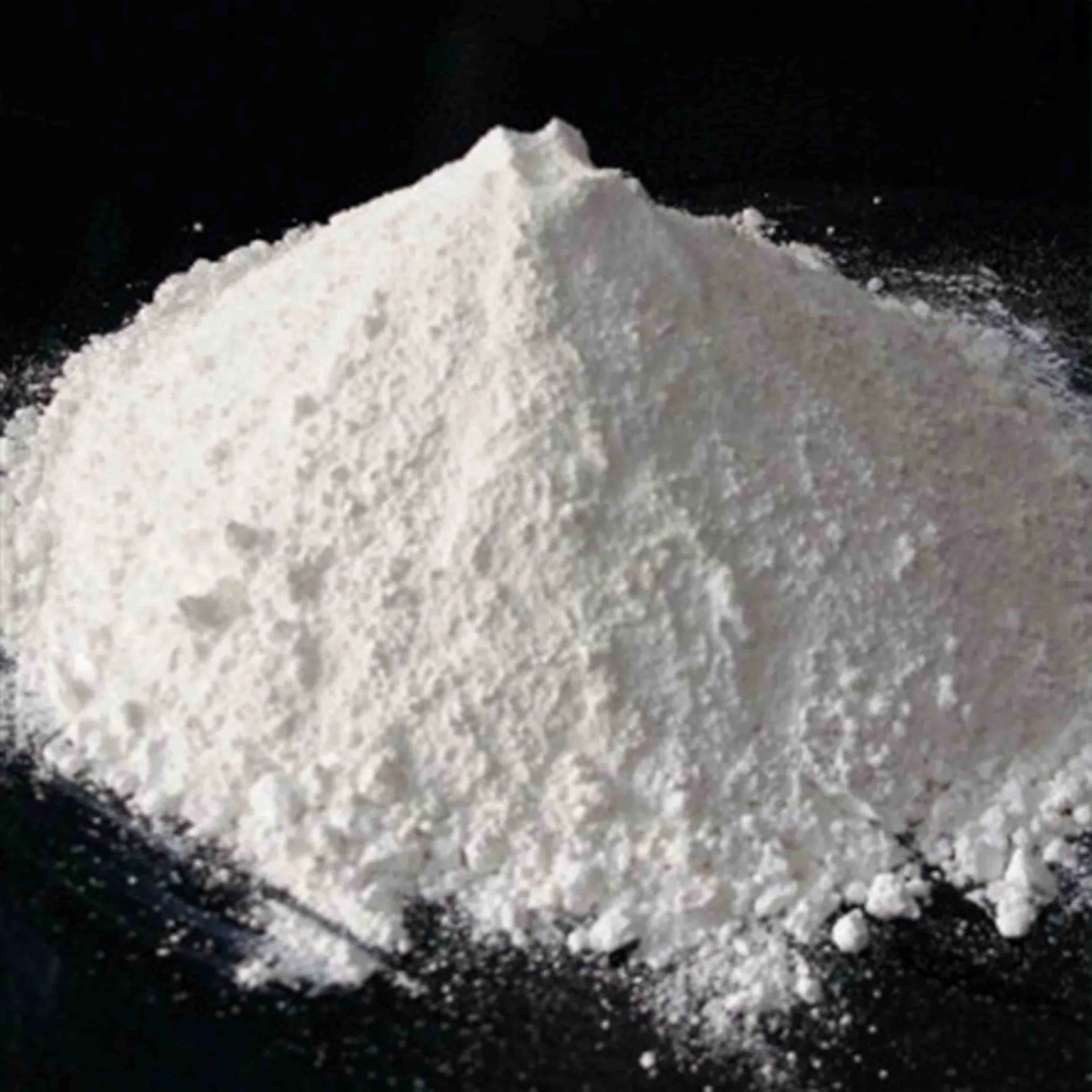
Juil . 03, 2025 13:37 Retour à la liste
Analysis of Dispersion Performance of Titanium Dioxide in Waterborne Coatings
The dispersion of titanium dioxide pigment in waterborne coatings presents unique technical challenges that significantly impact final product performance. Unlike solvent-based systems, waterborne titanium dioxide coating formulations must overcome the inherent hydrophobicity of TiO₂ particles while maintaining stability in aqueous environments. The dispersion process begins with breaking down agglomerates that naturally form during production by titanium dioxide powder suppliers, requiring careful optimization of mechanical energy input and chemical additives.
Rutile titanium dioxide typically demonstrates different dispersion characteristics compared to anatase titanium dioxide in water-based systems, owing to variations in surface chemistry and particle morphology. The dispersion quality directly influences critical coating properties including opacity, gloss development, and durability. Poorly dispersed titanium dioxide pigment clusters create light-scattering inefficiencies that reduce hiding power while increasing viscosity and potentially compromising film integrity. Advanced characterization techniques reveal how optimal dispersion achieves uniform particle distribution while preventing flocculation during storage and application.

Le dioxyde de titane: Surface Chemistry Interactions in Aqueous Systems
The interfacial phenomena between titanium dioxide particles and aqueous media govern dispersion stability in waterborne coatings. Titanium dioxide powder suppliers employ various surface treatments to modify pigment hydrophilicity, with rutile titanium dioxide often receiving more extensive treatment than anatase grades for water-based applications. These treatments create a protective barrier that facilitates wetting while preventing direct particle-particle contact that could lead to reagglomeration.
The zeta potential of titanium dioxide pigment in water plays a pivotal role in dispersion performance, affecting both initial wetting and long-term stability. Modern dispersion technologies leverage electrostatic and steric stabilization mechanisms simultaneously, creating robust systems that resist environmental changes during production and application. The interaction between titanium dioxide coating formulations and polymeric dispersants involves complex adsorption phenomena that must be carefully balanced to avoid competitive adsorption with other coating components.
Le dioxyde de titane: Mechanical Dispersion Process Optimization
Achieving optimal titanium dioxide dispersion in waterborne coatings requires precise control over mechanical processing parameters. High-speed dispersers and bead mills must be carefully calibrated to provide sufficient shear for deagglomeration without damaging the surface treatments applied by titanium dioxide powder suppliers. The energy input required varies significantly between rutile and anatase titanium dioxide, reflecting differences in particle hardness and agglomerate strength.
Process rheology plays a critical role in determining dispersion efficiency, with optimal viscosity ranges existing for different titanium dioxide pigment loading levels. Over-processing can lead to undesirable effects such as temperature buildup that may destabilize the system, while under-processing leaves agglomerates that manifest as coating defects. Advanced monitoring techniques now allow real-time adjustment of dispersion parameters to account for batch-to-batch variations in titanium dioxide characteristics.
Le dioxyde de titane: Stabilization Mechanisms in Waterborne Formulations
Long-term stabilization of titanium dioxide in waterborne coatings relies on sophisticated chemical interventions that address both thermodynamic and kinetic factors. Polymeric dispersants designed specifically for titanium dioxide coating applications create electrosteric barriers that prevent particle re-aggregation. These additives must be carefully selected based on the specific grade of titanium dioxide pigment, as rutile and anatase titanium dioxide often require different stabilization approaches.
The ionic strength of the aqueous phase significantly impacts titanium dioxide dispersion stability, with most systems demonstrating optimal performance within specific pH ranges. Titanium dioxide powder suppliers increasingly provide detailed guidance on stabilization chemistry for their products, recognizing that proper dispersion translates directly to coating performance. Recent advances in stabilization technology have enabled higher titanium dioxide loadings without sacrificing storage stability or application properties.
Le dioxyde de titane: Performance Implications of Dispersion Quality
The degree of titanium dioxide dispersion in waterborne coatings manifests in multiple measurable performance characteristics. Optical properties including opacity and undertone are particularly sensitive to dispersion quality, with fully dispersed rutile titanium dioxide providing superior hiding power compared to poorly dispersed systems. Gloss development in cured films directly correlates with dispersion efficiency, as residual agglomerates scatter light at the surface, reducing reflectivity.
Durability testing reveals how dispersion quality affects long-term performance, with well-dispersed titanium dioxide coating systems demonstrating enhanced resistance to weathering and mechanical stress. The relationship between dispersion and photocatalytic activity is particularly important for exterior applications, where optimal dispersion minimizes surface area available for UV-induced degradation reactions. These performance connections underscore why leading titanium dioxide powder suppliers invest heavily in dispersion optimization research.
Emerging Technologies in Titanium Dioxide Dispersion
Innovative approaches to titanium dioxide dispersion in waterborne coatings are transforming formulation possibilities. Nanotechnology-enabled dispersion aids are providing new tools to address persistent challenges with high-performance rutile titanium dioxide grades. Advanced characterization methods, including in-situ particle size analysis during dispersion, are enabling unprecedented control over the titanium dioxide pigment distribution.
Some titanium dioxide powder suppliers now offer pre-dispersed concentrates that simplify waterborne coating production while ensuring consistent dispersion quality. These innovations are particularly valuable for formulators working with sensitive chemistries or seeking to reduce production variability. The ongoing development of sustainable dispersion additives aligns with the coating industry's environmental objectives while maintaining or improving titanium dioxide performance.
-
Using Titanium Dioxide to Reduce the Discoloration Rate of Rubber Products
NouvellesJul.04,2025
-
The Influence of Titanium Dioxide on the Printability of Paper
NouvellesJul.04,2025
-
The Environmental Impact of Using Titanium Dioxide in Paper Production
NouvellesJul.04,2025
-
The Dual Function of Filling and Coloring with Titanium Dioxide in Rubber
NouvellesJul.04,2025
-
Hidden Techniques for Improving Ink Adhesion with Titanium Dioxide
NouvellesJul.04,2025
-
Comparison of the Application of Titanium Dioxide in Flexographic and Gravure Printing Inks
NouvellesJul.04,2025
